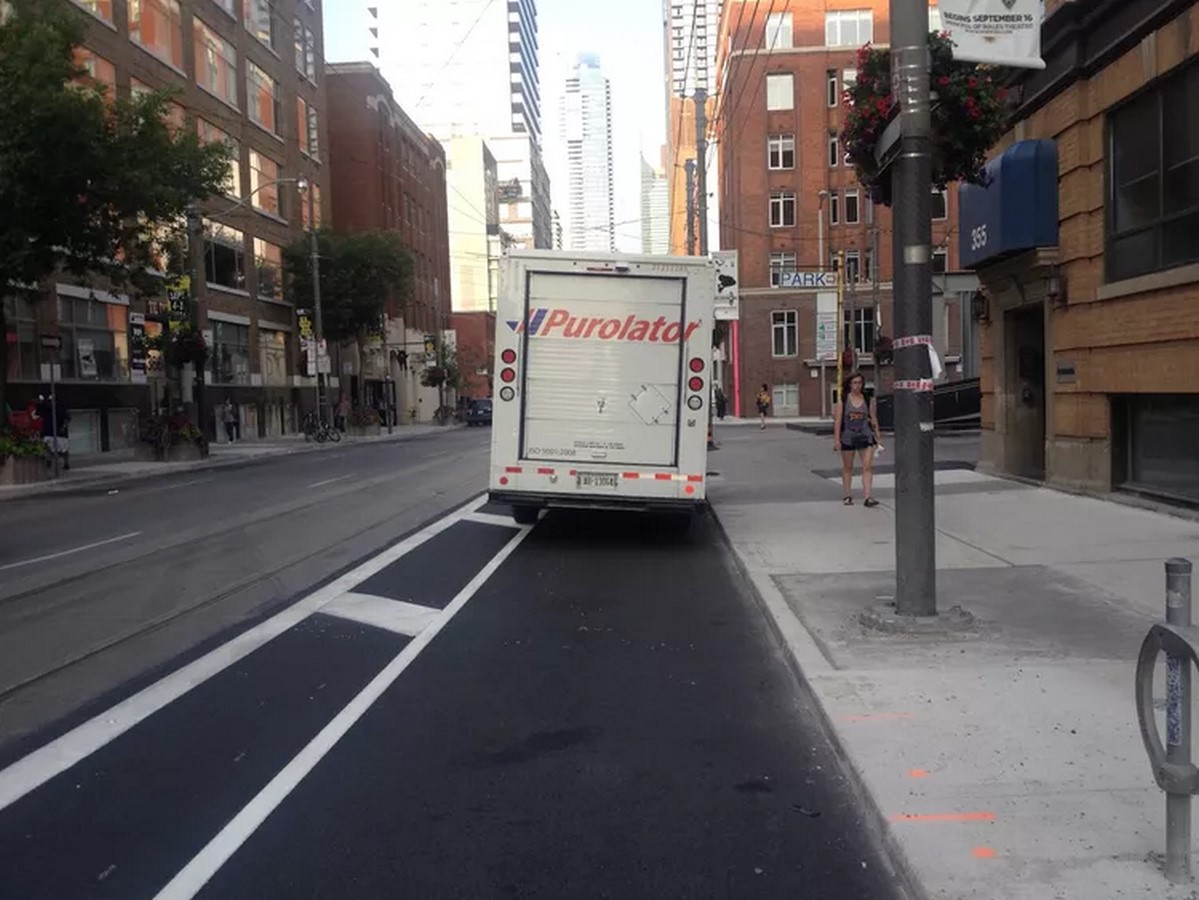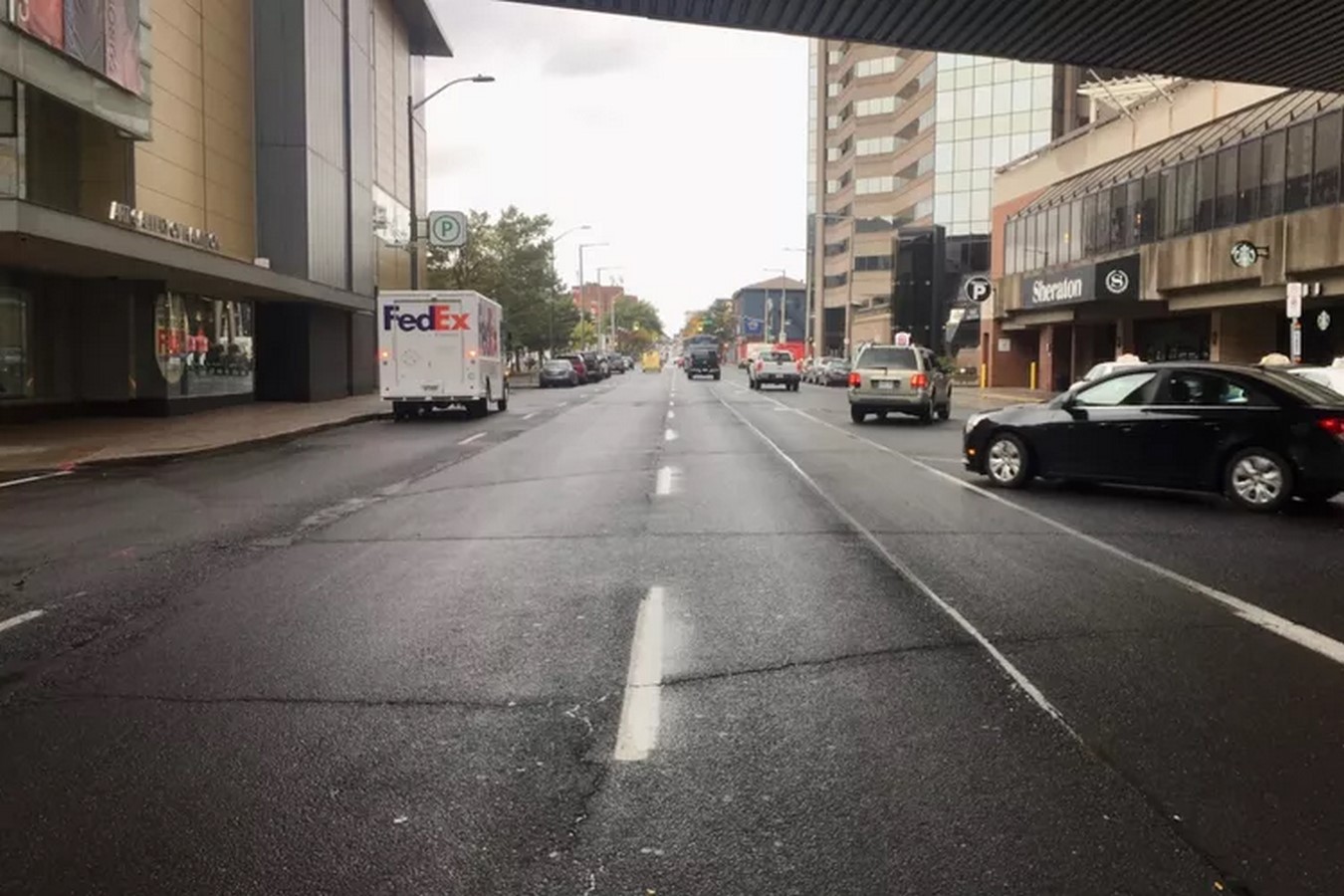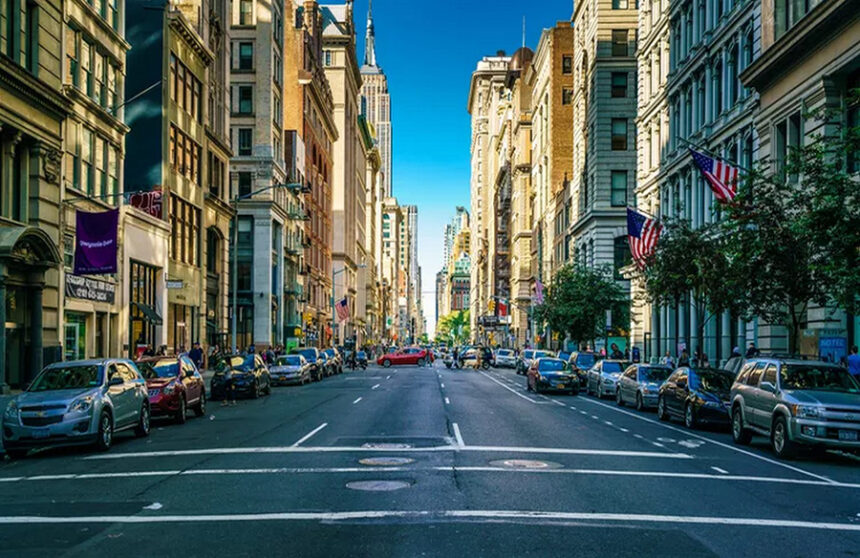Assessing the Hazards
In a recent exposition titled “The Pitfalls of One-Way Streets,” urban strategist Mark R. Brown delves into the myriad dangers inherent in these thoroughfares. Drawing from his extensive professional background, Brown illuminates the propensity for escalated speeds, heightened collision frequencies, and compromised safety for vulnerable road users navigating one-way streets.

Recent Tragedies Amplify Concerns
Recent tragic incidents, such as a devastating collision along Toronto’s Richmond Street, serve as stark reminders of the urgent imperative to address the perils associated with one-way streets. The collision, resulting in multiple pedestrian casualties, has sparked renewed calls for decisive action to mitigate the inherent risks linked to these road configurations.
Insights from Hamilton’s Experience
Brown cites a comprehensive study conducted in Hamilton, Ontario, shedding light on elevated injury rates among child pedestrians traversing one-way streets in comparison to their two-way counterparts. Despite these alarming findings, the allure of expedited traffic flow continues to perpetuate the prevalence of one-way streets in numerous urban locales.
Interrogating Assumptions
While one-way streets are often championed for their purported benefits, including streamlined traffic flow and augmented capacity, Brown contends that such assertions necessitate critical examination. Empirical evidence suggests that two-way streets may offer comparable or even superior performance metrics while fostering safer conditions for all road users.

Tackling Root Causes
Beyond surface-level considerations, factors such as vehicle dynamics and enforcement efficacy play pivotal roles in shaping the prevalence of traffic incidents on one-way streets. Addressing these underlying issues demands a holistic approach encompassing infrastructural enhancements, vehicle safety standards, and enforcement procedural reforms.
Proposing Holistic Solutions
In response to recent calamities, stakeholders across communities are advocating for a multifaceted approach to bolster street safety. Proposed interventions range from targeted traffic calming initiatives and stringent enforcement measures to the comprehensive redesign of urban landscapes to prioritize the well-being of pedestrians and cyclists.
Embracing Progressive Change
As municipalities grapple with the imperative to prioritize safety and sustainability, the reevaluation of one-way streets emerges as a pivotal step forward. By challenging entrenched paradigms and embracing innovative solutions, urban environments can undergo transformative evolution to better serve the diverse needs of residents and visitors alike.





Leave a Reply